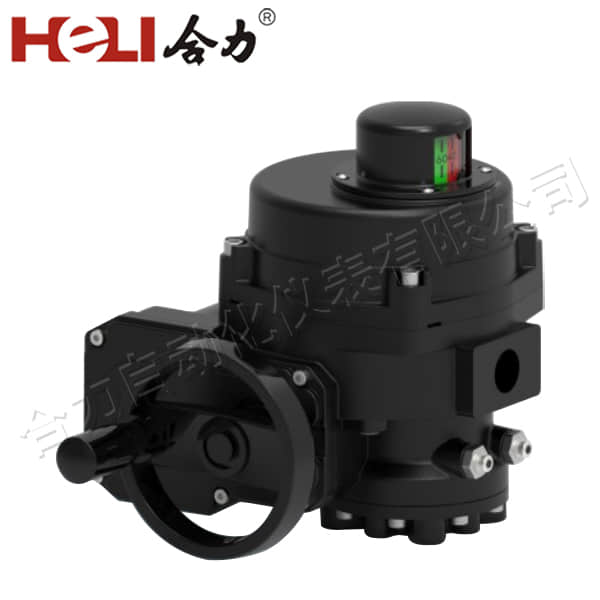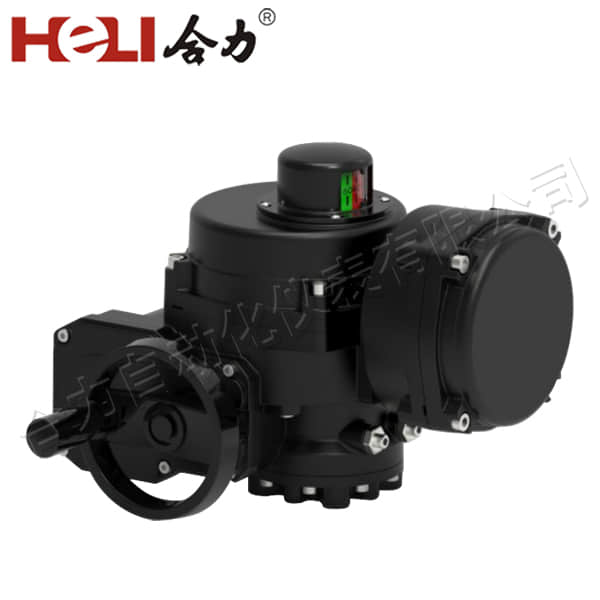
In the realm of modern industrial automation, the electric actuator holds a pivotal position. Serving as the bridge between electrical energy and mechanical motion, it is a crucial component in numerous industrial processes and systems. This article aims to delve into the intricacies of the electric actuator, exploring its working principles, applications, and the significance it holds in today's industrial landscape.

The electric actuator, in essence, is a device that converts electrical energy into mechanical movement. Its core component is an electric motor, typically a DC motor or an AC motor, depending on the specific requirements of the application. The motor, when energized, rotates a drive mechanism that converts the rotational motion into the desired linear or angular displacement. This displacement is then used to control or manipulate various industrial equipment, such as valves, dampers, and conveyor belts.

